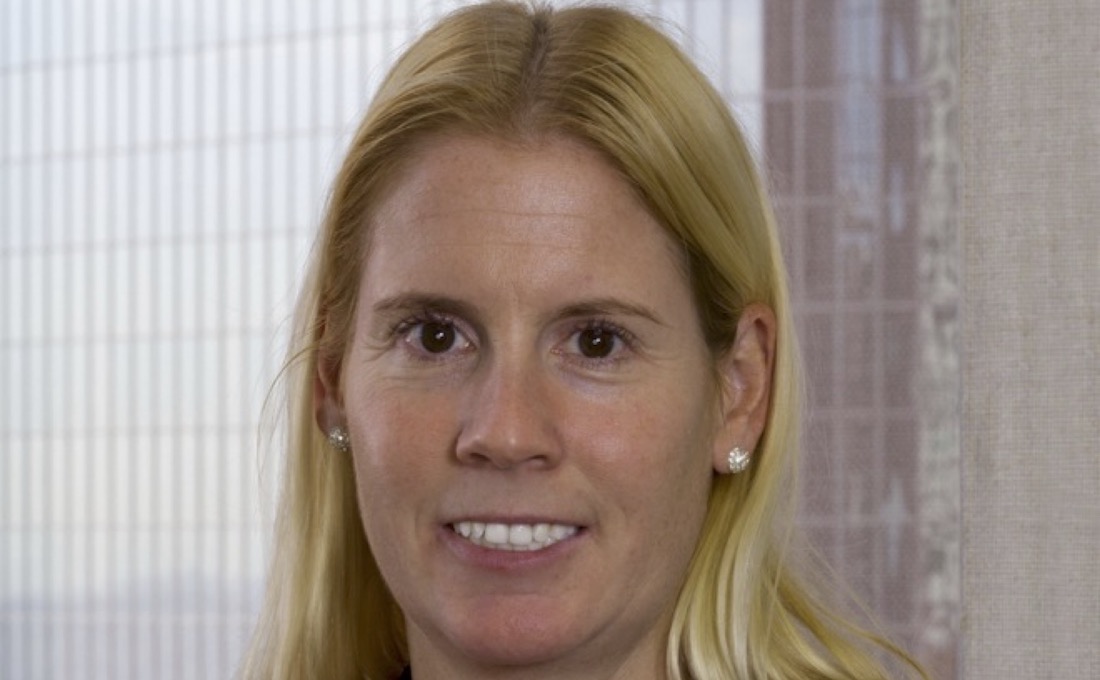Natalie Trevithick, Director and Head of Investment-Grade Credit, Payden & Rygel, writes that the major macro trends that the market is currently focused on are primarily inflation, the employment picture, and US gross domestic product.
US GDP came in strong in March at 2.6 per cent so, all signals indicate we are not currently in a recession, but with the latest banking fallout we have to be cognizant that there are other risks in the system. Even without banking failures, it is important to watch the extent to which banks are accessing the Federal Reserve’s lending programs, and banks’ lending standards to their clients, including many small businesses.
Volatility has been astounding this year. In January, Federal Reserve Chairman Jerome Powell was trying to be extremely hawkish, telling the market that they were going to continue hiking and there would not be any big cuts. But the market wasn’t buying what he was laying down. Rates continued to fall in January and credit spreads were quite strong. Then came the January employment data, 500,000 added to payrolls, and that brought religion to markets – inflation is a concern but employment is definitely not a problem. This caused rates to skyrocket again with the two-year Treasury going to 5 per cent. However, then came the banking crisis, which caused rates on the two-year to fall over a hundred basis points. Since that time people thought the problem solved, but I am not so certain.
There are a couple of ways to take advantage of this volatility. Bonds are producing positive returns year-to-date, a nice change from last year. Since we are close to the end of the Fed hiking cycle. Investors can simply buy six-month Treasury bills yielding about 4.75 per cent at the time of writing, a very attractive yield from where they’ve been for several years, and really a risk-free rate to lock in.
Some investors may want to go a little bit longer, because then they face less reinvestment risk if rates have fallen in six months’ time. One could think about extending out and buying two-year US Treasuries at 4.1 per cent or even 10-year Treasuries at 3.5 per cent. Then a little further out on the risk spectrum there are investment-grade corporate bonds, which would add about another 1.5 per cent to the total yield over US Treasuries.
That said, there are risks. The first is the interest rate risk if the Fed has to hike more than expected. If inflation doesn’t start to come down, we could see higher interest rates erode returns a little bit. The other concern is spreads could widen. Spreads have already widened this year about 20 basis points, but they’ve retraced about half from the highs at the height of the banking crisis. But in a recession, they should be wider than they are today.
We do think a recession is more likely than not in the next six to 12 months. We believed before the banking crisis, that the Fed was doing a pretty good job, and maybe could orchestrate a soft landing or avoid a recession. But given some of this instability in the markets, we don’t think we’re completely out of the woods yet.
The impact on the bond markets of a possible recession is good and bad. Good in that Treasury yields would likely fall further were the Fed to cut rates, which would increase bond prices. But it could be a negative from a spread perspective, in that credit spreads would be expected to widen into a recession. Which alternative wins out depends on the severity of the recession. We think ultimately rates could move lower and that could be positive, but some of this may be offset by spread widening. However, over the long term, bond investors are likely to be rewarded with positive returns in the year ahead.
Interest rates look high but were actually higher before 2008. It seems that systemically we have headed into a lower interest-rate environment, but I think people have got too comfortable with the zero-range ban we have enjoyed for most of the past 15 years and that it’s not really a sustainable environment. We will see if the Fed can get inflation back down to 2 per cent, which would then allow them to eventually lower interest rates again. But it seems unlikely we will need to go back to that zero range unless something dramatically bad happens to the economy.
This is a good time for investors not to be overly defensive and miss out on the returns. Look at the equity market, you still see the NASDAQ doing phenomenally well this year despite all. We think bonds are a good place to be as part of the stable portion of a well-diversified portfolio.
Beyond investment grade bonds the high yield market has come under pressure and spreads have widened, but it’s a very diverse sector. There are BBs down to CCCs. We think the BBs and even the single B portion of the market is bound to do well in this environment. They have taken advantage of cheap financing rates over the past several years, so they do not really have a looming maturity wall. CCC securities could be more at risk, especially with these elevated refinancing rates. Their funding costs have gone up quite dramatically. So there may be a little bit more stress in that part of the market.
Investors just have to be vigilant.







